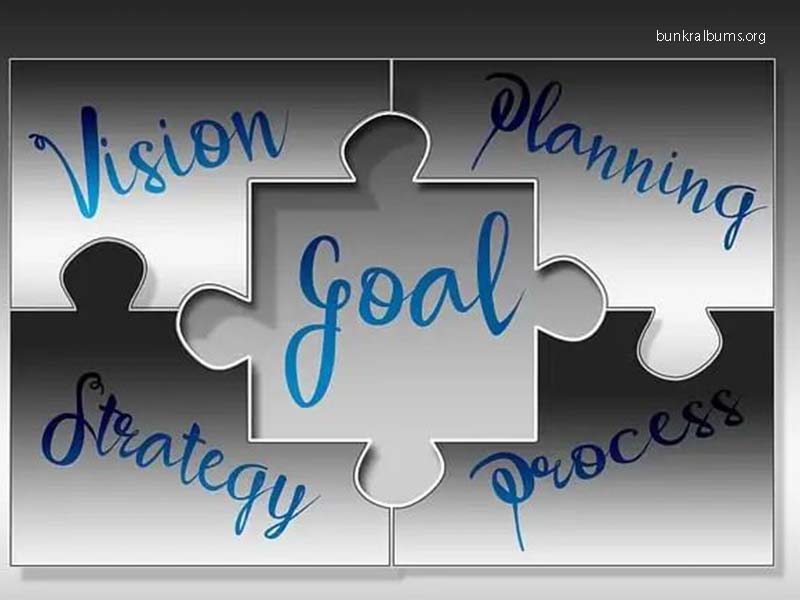In today’s interconnected world, the continuous operation of critical government and business functions is vital for maintaining public safety, economic stability, and overall societal well-being. This process involves various strategies, frameworks, and technologies designed to ensure that essential services remain operational, even in the face of disruptions. Understanding what constitutes enabling these operations is crucial for organizations, policymakers, and stakeholders across sectors.
Defining Critical Functions
Critical functions can be defined as the essential services and operations that governments and businesses must maintain to ensure public welfare and organizational sustainability. For governments, these functions typically include public safety, emergency services, health care, transportation, and utilities. For businesses, critical functions may encompass production, supply chain management, customer service, and financial operations.
The identification of critical functions is the first step in developing a strategy for their continuous operation. Organizations often conduct a Business Impact Analysis (BIA) to assess the potential effects of disruptions on their operations. This analysis helps determine which functions are essential and what resources are required to sustain them.
Importance of Continuity Planning
Continuity planning is the backbone of enabling continuous operation. It refers to the processes and strategies that organizations implement to prepare for, respond to, and recover from disruptions. This planning is essential for several reasons
Risk Mitigation
By anticipating potential disruptions—such as natural disasters, cyberattacks, or public health crises—organizations can develop strategies to mitigate risks. This proactive approach minimizes the impact of disruptions on critical functions.
Resource Allocation
Continuity planning helps organizations identify the resources necessary to maintain critical operations. This includes personnel, technology, and financial resources.
Stakeholder Confidence
Effective continuity planning instills confidence in stakeholders, including customers, employees, and investors. Knowing that an organization has a robust plan in place enhances trust and loyalty.
Regulatory Compliance
Many industries are subject to regulations that mandate continuity planning. Ensuring compliance not only avoids legal repercussions but also promotes best practices in operational resilience.
Key Components of Continuous Operation Strategies
To enable the continuous operation of critical government and business functions, organizations must implement several key components
Risk Assessment
A thorough risk assessment is foundational to continuity planning. Organizations must evaluate potential threats—both internal and external—that could disrupt operations. Common threats include
Natural Disasters
Hurricanes, earthquakes, and floods can severely impact infrastructure and services.
Cyber Threats
Ransomware attacks and data breaches pose significant risks to information systems and business continuity.
Pandemics
Health crises can disrupt workforce availability and operational capacity.
Supply Chain Disruptions
Fluctuations in supply chains can impact production and service delivery.
By identifying these threats, organizations can prioritize their responses and allocate resources accordingly.
Business Impact Analysis (BIA)
Conducting a Business Impact Analysis is critical for understanding the implications of disruptions. A BIA assesses the potential impact of various scenarios on critical functions, helping organizations identify
Recovery Time Objectives (RTO)
The maximum acceptable time that a function can be unavailable before causing significant harm.
Recovery Point Objectives (RPO)
The maximum acceptable amount of data loss measured in time. This determines how often data backups should occur.
By understanding these metrics, organizations can better prepare for disruptions and prioritize resources for recovery efforts.
Continuity Plans
Once risks and impacts have been assessed, organizations must develop comprehensive continuity plans. These plans should outline
Emergency Response Procedures
Steps to take immediately following a disruption to ensure safety and stabilize operations.
Communication Protocols
Clear communication channels for informing stakeholders, employees, and the public about the situation.
Resource Management
Identification of resources—both human and technological—needed to maintain operations during a disruption.
These plans should be documented and made accessible to all relevant personnel.
Training and Awareness
Effective training is essential for ensuring that employees are prepared to execute continuity plans. Organizations should conduct regular training sessions and simulations to test their plans and refine their procedures. Additionally, fostering a culture of awareness about continuity and resilience can help employees understand their roles in maintaining critical operations.
Technology and Infrastructure
Modern technology plays a crucial role in enabling the continuous operation of critical functions. Key technologies include
Cloud Computing
Cloud services provide flexibility and scalability, allowing organizations to access data and applications from anywhere, which is especially important during disruptions.
Data Backup Solutions
Regular data backups ensure that information can be restored quickly in the event of data loss.
Communication Tools
Reliable communication systems—such as instant messaging, video conferencing, and mass notification systems—facilitate effective coordination during emergencies.
Investing in resilient infrastructure and technology helps organizations withstand and recover from disruptions more effectively.
Continuous Improvement
The landscape of risks and challenges is constantly evolving. Therefore, organizations must engage in continuous improvement practices. Regularly reviewing and updating continuity plans based on lessons learned from real incidents or simulations ensures that strategies remain relevant and effective. Feedback from employees and stakeholders can provide valuable insights into potential areas for improvement.
Government Initiatives for Continuous Operations
Governments play a pivotal role in enabling the continuous operation of critical functions, particularly in times of crisis. They are responsible for maintaining public services and infrastructure, which requires robust planning and execution. Several initiatives and frameworks support this mission:
National Preparedness Framework
Many countries have established national preparedness frameworks that outline strategies for ensuring the continuity of government operations during emergencies. These frameworks typically include guidelines for risk assessment, planning, training, and coordination among various government agencies.
Public-Private Partnerships
Collaborations between government agencies and private organizations are essential for enhancing resilience. Public-private partnerships leverage the strengths and resources of both sectors, ensuring a coordinated response to emergencies. For instance, during a natural disaster, local governments may work with private companies to restore utilities and services quickly.
Emergency Management Agencies
Emergency management agencies are dedicated to coordinating responses to crises and ensuring the continuity of government functions. These agencies develop and implement response plans, conduct training exercises, and facilitate communication among stakeholders.
Funding and Resources
Governments often allocate funding and resources to support continuity initiatives within critical sectors. This investment ensures that essential services, such as healthcare, law enforcement, and transportation, remain operational during disruptions.
The Role of Businesses in Enabling Continuity
Businesses also have a crucial role in ensuring the continuous operation of critical functions, both within their organizations and in the broader economy. Here’s how businesses can contribute:
Supply Chain Resilience
Businesses must develop resilient supply chains capable of withstanding disruptions. This involves diversifying suppliers, establishing contingency plans, and maintaining adequate inventory levels. A resilient supply chain ensures that businesses can continue operations even when faced with unforeseen challenges.
Employee Well-Being
Prioritizing employee well-being is essential for maintaining productivity during disruptions. Organizations should implement flexible work policies, offer mental health support, and ensure clear communication to help employees navigate challenging situations.
Community Engagement
Businesses should engage with their local communities to understand their needs and challenges. By collaborating with community organizations and government agencies, businesses can contribute to the overall resilience of their regions.
Innovation and Adaptation
In an ever-changing environment, innovation is key to enabling continuous operations. Businesses that embrace technological advancements and adapt to changing circumstances are better positioned to thrive during disruptions. This may involve adopting new technologies, exploring alternative business models, or implementing agile practices.
Conclusion
Enabling the continuous operation of critical government and business functions is a complex but essential endeavor. Through effective continuity planning, risk assessment, resource management, and the adoption of technology, organizations can prepare for and respond to disruptions. Both governments and businesses must collaborate to ensure the resilience of critical services and operations.
In a world characterized by uncertainty and rapid change, the ability to maintain essential functions is not just a matter of operational efficiency; it is a cornerstone of public trust and societal stability. By prioritizing continuity and resilience, organizations can navigate challenges and emerge stronger in the face of adversity.


